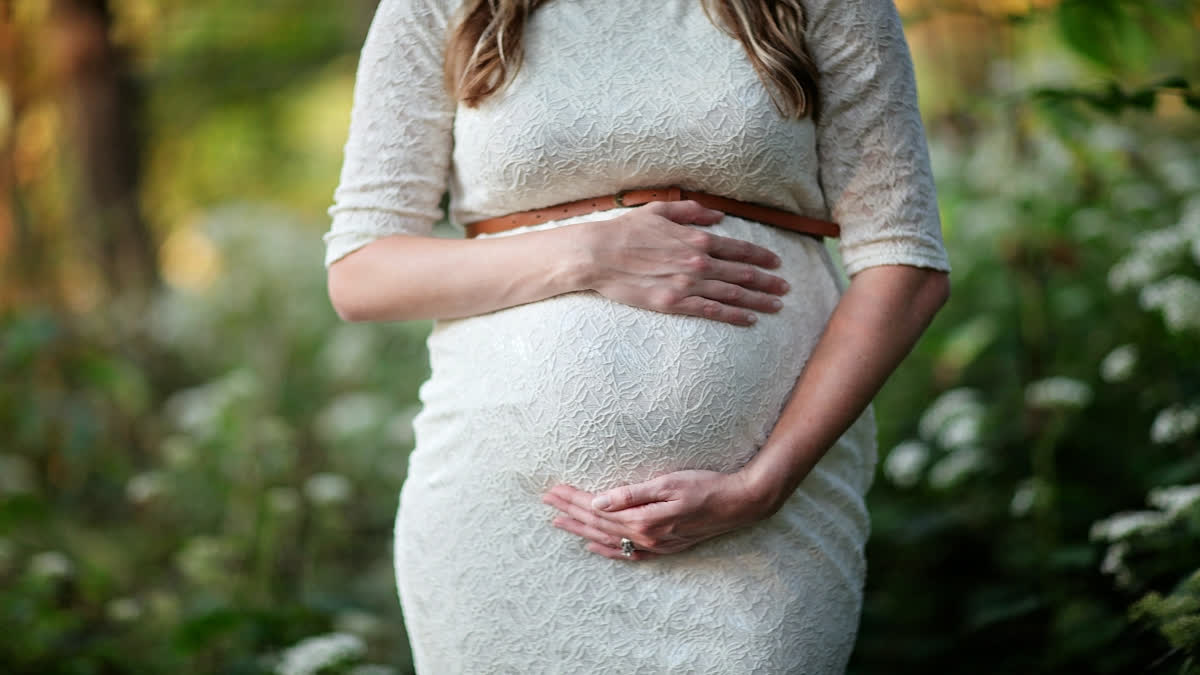New Delhi: Nearly 6 in 10 female teens in India are anaemic, according to new Indian research that analysed data from National Family Health Surveys (NFHS). Adolescent marriage and motherhood, along with poor nutritional status and other socio-economic variables such as wealth and education, were crucial risk determinants for anaemia in Indian females aged 15-19, the study from Banaras Hindu University, Uttar Pradesh and other institutes found.
Further, Indian states with anaemia prevalence over 60 per cent more than doubled to 11 in 2019-21 from 5 in 2015-16, the study published in the journal PLOS Global Public Health said. Anaemia, a significant public health issue particularly affecting women in India, is characterised by a deficiency in red blood cells, resulting in low vigour and energy.
Using data from the fourth and fifth rounds of the national surveys, NFHS-4 (2015-16) and NFHS-5 (2019-21), the research studied 1,16,117 and 1,09,400 female teenagers, respectively, to analyse trends regarding anaemia prevalence and identify risk factors for anaemia. Prevalence of anaemia was higher in women married before 18 years of age, which accounted for around 10 and 8 per cent of the sampled women in NFHS-4 and NFHS-5, respectively. About 70 per cent of the participants lived in rural areas, the study said. They further found that teenage mothers with at least 2 children were more anaemic than teenagers without children, with anaemia prevalence being higher in breastfeeding mothers.
More educated women teenagers were less likely to be anaemic, as education is linked to knowledge of nutrition and health and also leads to better access to healthcare and nutritious food through improved employment opportunities and income, the authors wrote. Women belonging to socio-economically disadvantaged groups such as SC and ST were more likely to be anaemic than other social groups, which the authors attributed to factors like historical, undernutrition, limited healthcare access, early childbearing and discrimination.
